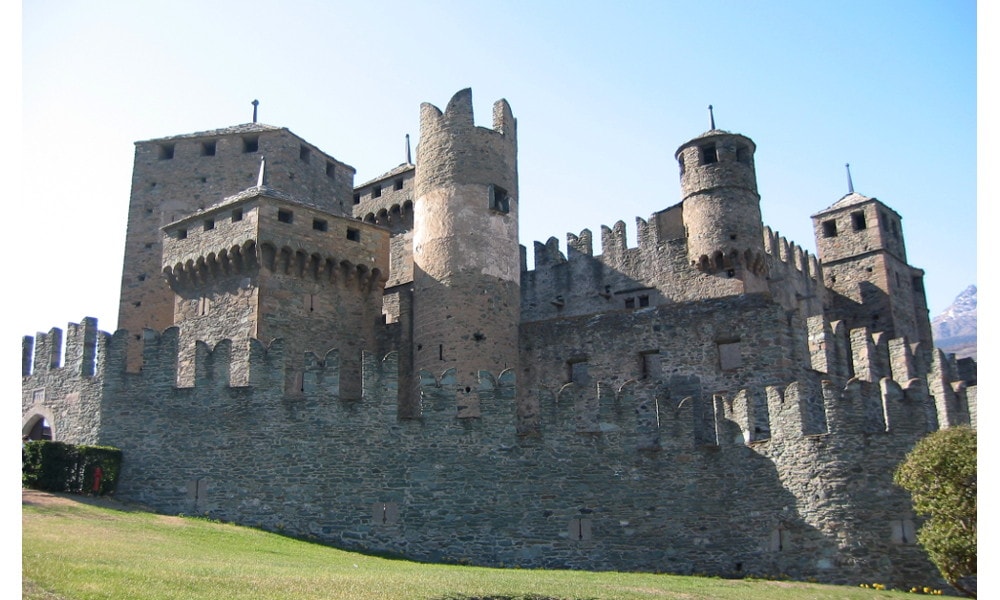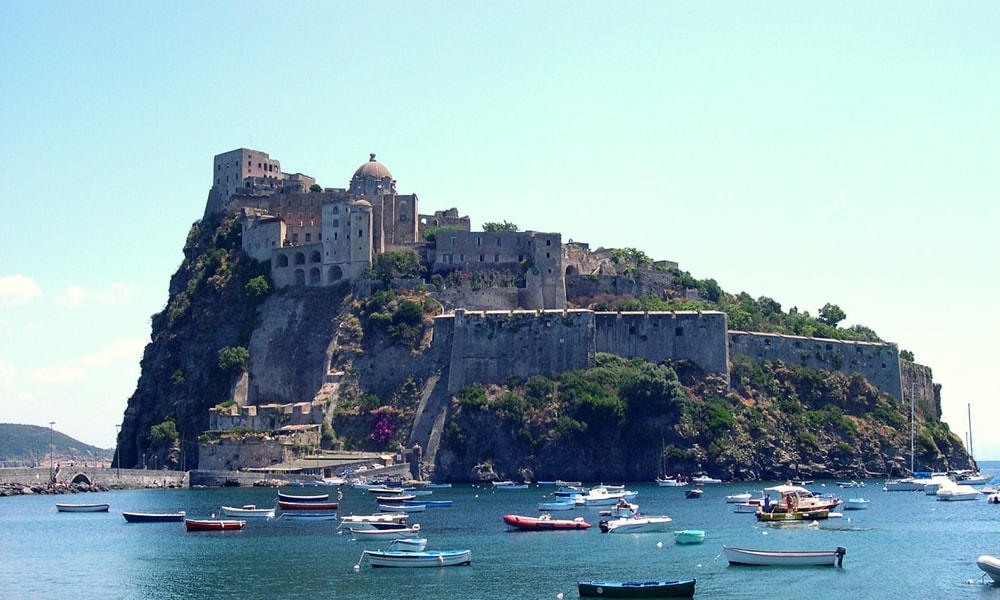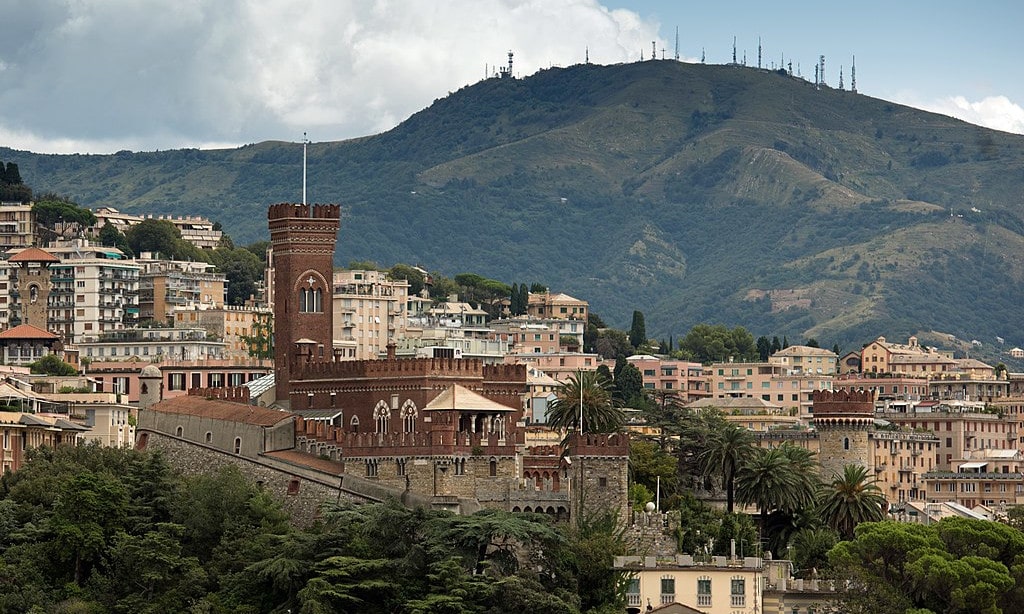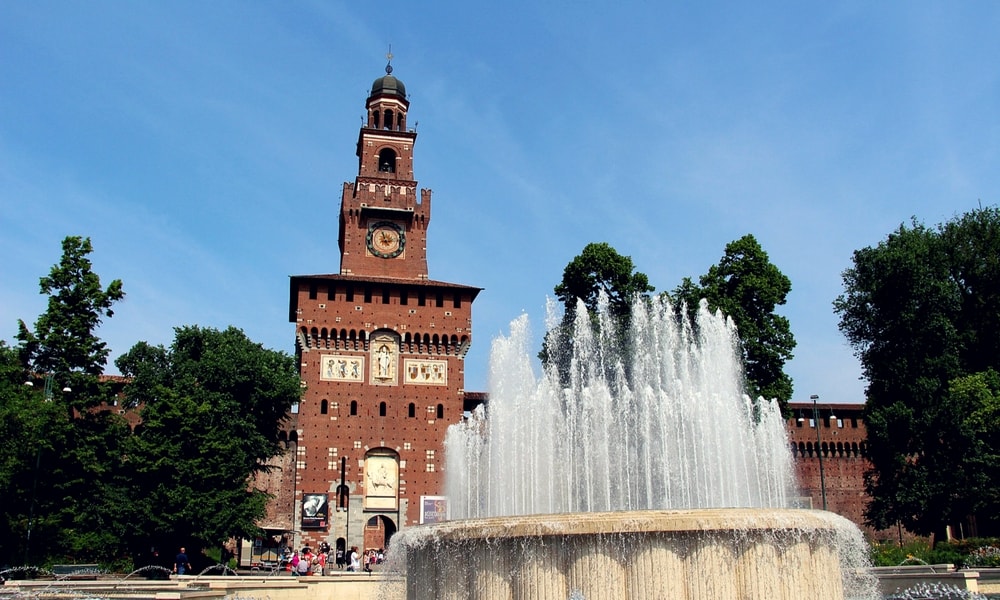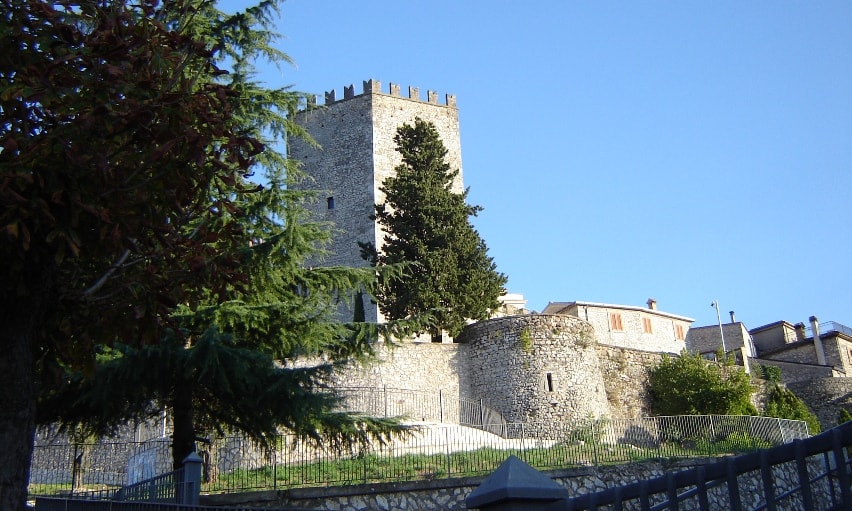
The most beautiful castles in Italy
Italy is one of the most beloved destinations in all Europe. A country of great landscapes and a complex history, Italy offers many magnificent castles and fortresses. We’ve put together a list of the 10 of the most intriguing and majestic sights.
10.Fenis Castle
Fenis Castle is one of the most famous castles in Aosta Valley. It has become one of the major tourist attractions of the region for its architecture and its many towers and battlemented walls.
Despite its impressive defensive structure, the castle was not built for military purposes, but to serve as a prestigious residence for the Challant family. Today, the castle is owned by the Autonomous Region Aosta Valley, which turned it into a museum.... view details
9.Castel Nuovo
Castel Nuovo is a medieval castle located in front of Piazza Municipio and the city hall in central Naples. Its scenic location and imposing size makes the castle, first erected in 1279, one of the main architectural landmarks of the city.
Before the accession of Charles I of Naples (Charles of Anjou) to the throne in 1266, the capital of the Kingdom of Naples was Palermo. There was a royal residence in Naples, at the Castel Capuano. However, when the capital was moved to Naples, Charles ordered a new castle, not far from the sea, built to house the court. Works, directed by French architects, began in 1279 and were completed three years later.... view details
8.Castle of Sirmione
Castle of Sirmione, also known as Scaliger Castle is a rare example of medieval port fortification, which was used by the Scaliger fleet.
The castle stands at a strategic place at the entrance to the peninsula. It is surrounded by a moat and it can only be entered by two drawbridges. The castle was established mainly as a protection against enemies, but also against the locals. The main room houses a small museum with local finds from the Roman era and a few medieval artifacts.... view details
7.Miramare Castle
Miramare Castle is a 19th-century castle on the Gulf of Trieste near Trieste, in northeastern Italy. It was built from 1856 to 1860 for Austrian Archduke Ferdinand Maximilian and his wife, Charlotte of Belgium, later Emperor Maximilian I and Empress Carlota of Mexico, based on a design by Carl Junker.
All the rooms still feature the original furnishings, ornaments, furniture and objects dating back to the middle of the 19th century. Visitors may also visit the throne room, which was recently restored to its former splendour.
The castle's grounds include an extensive cliff and seashore park of 22 hectares (54 acres) designed by the archduke. The grounds were completely re-landscaped to feature numerous tropical species of trees and plants.... view details
6.Aragonese Castle
Aragonese Castle stands on a volcanic rocky islet that connects to the larger island of Ischia by a causeway (Ponte Aragonese).
The Aragonese Castle is the most impressive historical monument in Ischia, built by Hiero I of Syracuse in 474 BC. At the same time, two towers were built to control enemy fleets' movements. In 326 BC the fortress was captured by Romans, and later by the Parthenopeans (the ancient inhabitants of Naples). In 1441 Alfonso V of Aragon connected the rock to the island with a stone bridge instead of the prior wood bridge, and fortified the walls in order to defend the inhabitants against the raids of pirates.
Today the castle is the most visited monument of the island. It is accessed through a tunnel with large ...... view details
5.Albertis Castle
Castello d'Albertis, or D'Albertis Castle is a historical residence in Genoa, north-western Italy. It was the home of sea captain Enrico Alberto d'Albertis, and was donated to the city of Genoa on his death in 1932. It currently houses the Museo delle Culture del Mondo (Museum of World Cultures), inaugurated in 2004.... view details
4.Castel del Monte
Castel del Monte is a 13th-century citadel and castle described by the Enciclopedia Italiana as "the most fascinating castle built by Emperor Frederick II".
The castle has neither a moat nor a drawbridge; therefore, some considered it never to have been intended as a defensive fortress; however, archaeological work has suggested that it originally had a curtain wall.
The site is protected as a World Heritage Site; moreover, the castle also appears on the Italian version of the one cent Euro coin.... view details
3.Castel Sant'Angelo
Castel Sant'Angelo, also known as the Mausoleum of Hadrian, is a towering cylindrical building in Parco Adriano, Rome. It was initially commissioned by the Roman Emperor Hadrian as a mausoleum for himself and his family.
The building was later used by the popes as a fortress and castle. The popes converted the structure into a castle, beginning in the 14th century; Pope Nicholas III connected the castle to St Peter's Basilica by a covered fortified corridor called the Passetto di Borgo. The fortress was the refuge of Pope Clement VII from the siege of Charles V of Spain during the Sack of Rome (1527), in which Benvenuto Cellini describes strolling the ramparts and shooting enemy soldiers.
The Papal state also used Sant'Angelo as a prison; Giordano Bruno, ...... view details
2.Sforza Castle
Sforza Castle is one of the main symbols of Milan and its history. It was built in the 15th century by Francesco Sforza, Duke of Milan, on the remains of a 14th-century fortification. Later renovated and enlarged, in the 16th and 17th centuries it was one of the largest citadels in Europe.
Extensively rebuilt by Luca Beltrami in 1891-1905, it was severely damaged during Allied bombardment of Milan in 1943 during World War II. The post-war reconstruction of the building for museum purposes was undertaken by the BBPR architectural partnership.
The castle now houses several of the city's museums and art collections. It is one of the most popular tourist attractions in Milan.... view details
1.Castello di Monte San Giovanni Campano
The Castle of Monte San Giovanni is a medieval fortress built in the 11th century. The castle is best known as the place where Thomas Aquinas was imprisoned by his family ca. 1240 to 1242 in an attempt to dissuade him from joining the Dominican Order. It is also the first fortification ever to be breached because of shelling from portable artillery, in 1494.
The present structure are remnants of a larger defensive structure that once included five towers and walls that entirely enclosed a ducal palace and supporting town. The castle town could hold more than a thousand defenders and had been for centuries one of the most efficient and impregnable fortresses of central Italy, famous for reputedly withstanding a siege of seven years.
It could not, however, resist the ...... view details
This "top" is based on user ratings and it can change based on users votes; be sure to rate your favourite castles and check back soon.
